Home>Gardening & Outdoor>Plant Care & Gardening Tips>When To Plant Wildflower Seeds In California
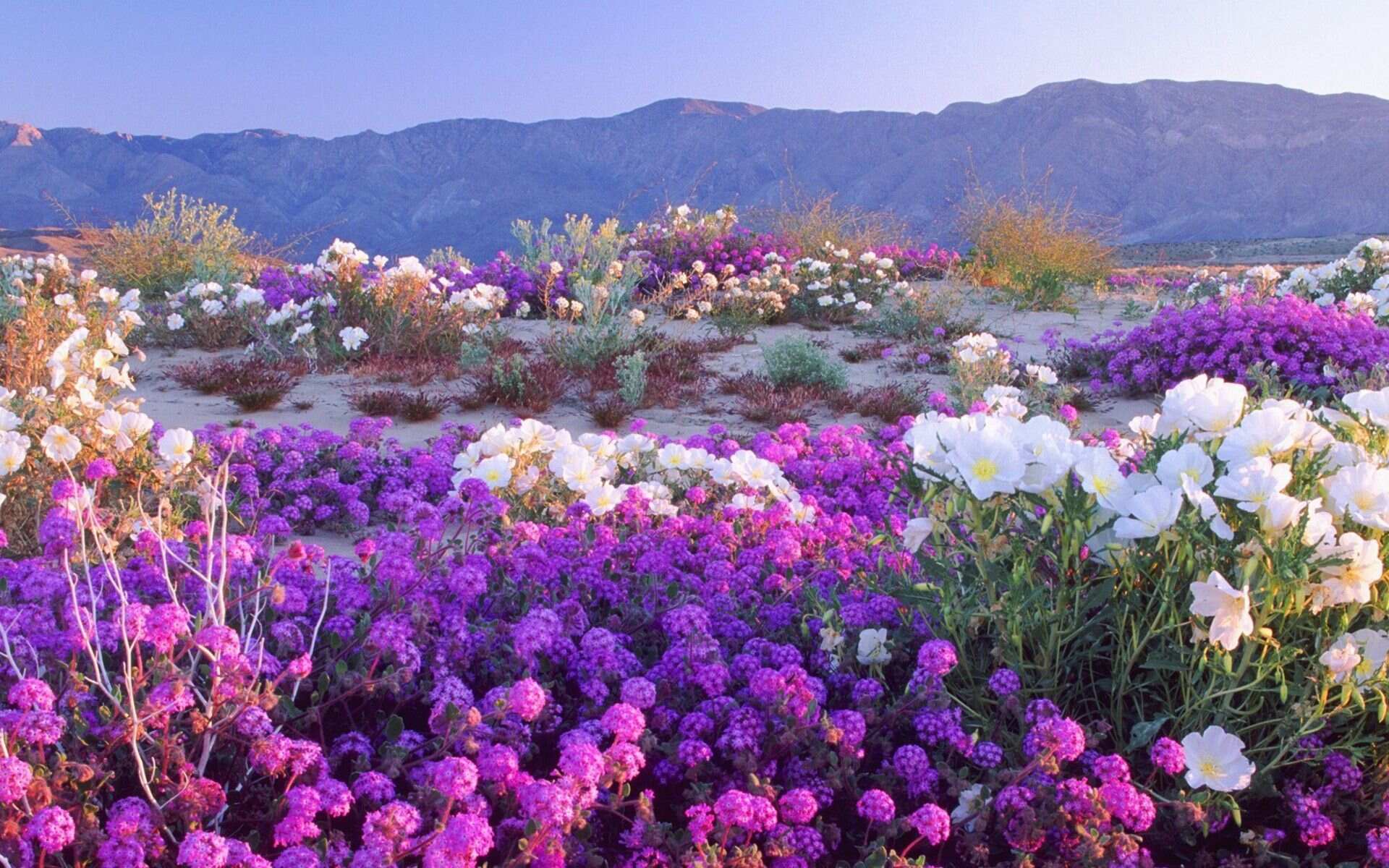

Plant Care & Gardening Tips
When To Plant Wildflower Seeds In California
Modified: January 5, 2024
Discover the best time to plant wildflower seeds in California with expert plant care and gardening tips. Ensure a successful wildflower garden with our essential advice.
(Many of the links in this article redirect to a specific reviewed product. Your purchase of these products through affiliate links helps to generate commission for Storables.com, at no extra cost. Learn more)
**
Introduction
**
California's diverse landscapes and climates make it an ideal location for cultivating wildflowers. Whether you're a seasoned gardener or a novice enthusiast, the allure of wildflowers is undeniable. Their vibrant hues and natural beauty can transform any outdoor space into a captivating haven for both humans and pollinators. If you're considering planting wildflower seeds in California, it's essential to understand the nuances of the region's climate and soil conditions, as well as the best time to sow these seeds for a bountiful and colorful display.
In this comprehensive guide, we'll delve into the intricacies of planting wildflower seeds in California, providing valuable insights on when to plant, how to prepare the soil, and essential tips for nurturing these delicate blooms. Whether you reside in the temperate coastal areas or the inland valleys of California, this guide will equip you with the knowledge to embark on a rewarding wildflower planting journey. So, roll up your sleeves, grab your gardening tools, and let's explore the enchanting world of wildflowers in the Golden State.
**
Key Takeaways:
- Planting wildflower seeds in California requires understanding the region’s diverse climates and soil types. Fall is the best time for most areas, while the desert regions benefit from early spring planting.
- To care for wildflower seeds, provide consistent moisture, manage weeds, and support pollinators. Observing and nurturing the evolving needs of the wildflowers will help create a vibrant and resilient garden.
Read more: When To Plant California Poppy Seeds
Understanding Wildflower Seeds
**
Before delving into the specifics of planting wildflower seeds in California, it’s crucial to grasp the nature of these seeds and the diverse array of wildflowers they can yield. Wildflower seeds come in a myriad of varieties, each suited to different climates, soil types, and sunlight conditions. These seeds encompass a rich tapestry of native and non-native species, offering an extensive palette of colors, shapes, and sizes.
When selecting wildflower seeds for your California garden, consider the unique characteristics of the region. California’s vast expanse encompasses a range of ecosystems, from the arid deserts of the south to the lush woodlands of the north. As such, it’s essential to choose seeds that are well-adapted to the specific microclimate of your area.
Furthermore, understanding the growth habits of different wildflowers is paramount. Some species are annuals, completing their life cycle within a single growing season, while others are perennials, returning year after year. Biennials, on the other hand, have a two-year life cycle, producing foliage in the first year and flowers in the second.
Additionally, wildflower seeds may have specific germination requirements, such as exposure to light or cold stratification, which mimics the natural winter conditions necessary for sprouting. By familiarizing yourself with the unique needs of the wildflower species you intend to plant, you can optimize their chances of successful germination and robust growth.
Ultimately, the beauty of wildflower seeds lies in their diversity and adaptability. Whether you envision a meadow adorned with vibrant poppies or a hillside abloom with lupines, the world of wildflower seeds offers endless possibilities for creating captivating landscapes that harmonize with California’s natural allure.
**
Climate and Soil Conditions in California
**
California’s vast geographical span encompasses an assortment of climates, ranging from Mediterranean and subtropical to desert and alpine. Understanding the regional climate and soil conditions is pivotal to successful wildflower cultivation.
Coastal regions, such as the iconic landscapes of Big Sur and the Bay Area, experience mild, wet winters and dry summers, characteristic of a Mediterranean climate. In contrast, the inland valleys, including the Central Valley, endure hot, dry summers and cool, moist winters. The southern deserts, such as Joshua Tree and Anza-Borrego, exhibit arid conditions with scorching temperatures and minimal rainfall.
These climatic variations influence the types of wildflowers that thrive in specific regions. Coastal areas favor species like California poppies, seaside daisies, and coastal tidytips, which are adapted to the moderate temperatures and periodic fog common along the coast. Inland valleys are conducive to a broader range of species, including lupines, tidy tips, and baby blue eyes, which flourish in the fertile, well-drained soils prevalent in these areas. The desert regions host resilient wildflowers such as desert marigolds, desert sunflowers, and sand verbena, which have evolved to withstand the harsh, arid conditions.
Equally important is the diversity of soil types found throughout California. From sandy loam to clay and rocky soils, each type presents unique challenges and advantages for wildflower cultivation. Coastal regions often feature sandy, well-draining soils, ideal for species that are susceptible to root rot in waterlogged conditions. Inland areas may have heavier clay soils that retain moisture, offering a different set of opportunities for wildflower growth.
By familiarizing yourself with the specific climate and soil characteristics of your area, you can make informed decisions when selecting wildflower species and tailor your cultivation practices to suit the prevailing conditions. This understanding will ultimately contribute to the flourishing of a vibrant and resilient wildflower garden that harmonizes with the natural environment of California.
**
Best Time to Plant Wildflower Seeds in California
**
Timing is crucial when it comes to planting wildflower seeds in California. The diverse microclimates across the state necessitate a nuanced approach to determining the optimal planting window. Generally, the best time to sow wildflower seeds in California is during the fall, ideally between late September and early December. This timeframe aligns with the seasonal rhythm of the region, leveraging the cooler temperatures and occasional rainfall to facilitate successful germination and establishment.
The fall planting period capitalizes on the moist soil resulting from the first rains of the season, providing an opportune environment for seed germination. Additionally, the mild temperatures during the fall allow the seeds to develop root systems and establish sturdy seedlings before the onset of the warmer, drier months.
Coastal regions, with their Mediterranean climate, are particularly conducive to fall planting, as the mild winters and occasional fog create favorable conditions for early growth. Inland valleys also benefit from fall planting, as the cooler temperatures mitigate the risk of heat stress on emerging seedlings.
For the desert regions of California, where extreme heat and aridity prevail, the best time to plant wildflower seeds is in the early spring, typically between March and April. This timeframe aligns with the brief window of milder temperatures and sporadic rainfall before the onset of scorching summer conditions. By capitalizing on these transient favorable conditions, desert wildflowers can germinate and establish a root system that enables them to endure the harsh summer months.
It’s important to note that the timing of wildflower seed planting may vary based on the specific species being cultivated and the unique climatic patterns of a given year. Observing local weather forecasts and paying attention to the natural cues of the environment, such as the first significant rainfall or the emergence of native plant species, can further inform the ideal timing for planting wildflower seeds.
By aligning the planting of wildflower seeds with the seasonal rhythms of California’s diverse climates, gardeners can optimize the chances of successful germination and establish a flourishing tapestry of native blooms that enhance the natural beauty of the region.
**
Plant wildflower seeds in California in the fall or early winter, before the rainy season begins. This will give the seeds time to establish and germinate before the warmer weather arrives in the spring.
Preparing the Soil for Planting
**
Creating an optimal environment for wildflower seeds begins with preparing the soil to provide the essential nutrients and structure necessary for robust growth. The process of soil preparation is a critical step in ensuring the success of your wildflower garden in California.
Before planting, it’s advisable to clear the designated area of any existing vegetation, including weeds and grasses, to minimize competition for resources and space. This can be achieved by manually removing the vegetation or by employing natural methods such as solarization, which involves covering the area with a clear plastic sheet to harness the sun’s heat and effectively smother unwanted plants.
Once the area is cleared, the soil should be gently cultivated to a depth of about 4 to 6 inches, using a garden fork or tiller. This process helps loosen compacted soil, facilitating better root penetration and water absorption. It also allows for the incorporation of organic matter, such as compost or well-rotted manure, which enriches the soil with vital nutrients and improves its structure.
After cultivating the soil, it’s beneficial to perform a soil test to assess its pH and nutrient levels. This information can guide the application of soil amendments to optimize the growing conditions for wildflowers. In California, soil pH levels can vary widely, and certain wildflower species thrive in specific pH ranges. Amending the soil with materials such as lime or sulfur can help adjust the pH to a range that is conducive to the selected wildflower species.
Additionally, the incorporation of a balanced, slow-release fertilizer formulated for flowering plants can provide an initial nutrient boost to support the establishment of wildflower seedlings. It’s essential to follow the application rates recommended for wildflowers and to ensure thorough mixing of the fertilizer into the soil to avoid concentrated pockets that may adversely affect seedling growth.
Finally, the soil surface should be leveled and lightly raked to create a smooth, uniform seedbed. This facilitates even seed distribution and ensures good seed-to-soil contact, a key factor in promoting successful germination.
By meticulously preparing the soil and creating an optimal foundation for wildflower growth, gardeners in California can set the stage for a flourishing and vibrant display of native blooms that enrich the landscape and support local ecosystems.
**
Read more: When Should I Plant Wildflower Seeds
Planting Wildflower Seeds
**
As you embark on the exciting journey of planting wildflower seeds in California, it’s essential to approach the process with care and consideration to maximize the potential for successful germination and robust growth. Whether you’re sowing seeds for a meadow, a garden border, or a container, the following steps will guide you through the art of planting wildflowers in the Golden State.
1. Seed Selection: Begin by selecting a diverse mix of wildflower seeds suited to the specific climate and soil conditions of your region. Consider incorporating a variety of annuals, perennials, and biennials to create a dynamic and enduring display of blooms.
2. Timing: Plant wildflower seeds during the optimal planting window for your region, typically in the fall for coastal and inland areas, and in early spring for desert regions. Ensure that the soil is moist but not waterlogged at the time of planting.
3. Sowing Method: Depending on the size of the planting area, seeds can be sown by hand broadcasting or using a seed spreader for larger areas. For smaller, more controlled plantings, consider using seed mats or seed balls, which simplify the process and aid in seed placement.
4. Seed Depth: The general rule of thumb for sowing wildflower seeds is to plant them at a depth approximately two to three times the diameter of the seed. Lightly rake the soil after sowing to cover the seeds and ensure good seed-to-soil contact.
5. Watering: After planting, gently water the area to settle the seeds into the soil. Use a fine mist or a gentle watering wand to avoid dislodging the seeds. Subsequently, monitor the soil moisture to ensure that it remains consistently moist until germination occurs.
6. Mulching: Applying a thin layer of mulch, such as straw or shredded bark, can help conserve soil moisture, protect emerging seedlings, and deter weed growth. However, it’s crucial to use a lightweight mulch that won’t impede the emergence of delicate seedlings.
7. Sunlight: Most wildflower species thrive in full sun, so ensure that the planting area receives ample sunlight throughout the day. If planting in a partially shaded area, select wildflower species that are adapted to lower light conditions.
8. Maintenance: As the seedlings emerge and grow, monitor the area for signs of weeds and remove them carefully to reduce competition for resources. Additionally, provide supplemental watering during dry spells to support the establishment of the young wildflowers.
By following these steps and tending to the needs of the newly planted wildflower seeds, you can set the stage for a spectacular display of native blooms that will grace your California landscape with their vibrant colors and natural charm.
**
Caring for Wildflower Seeds
**
Once the wildflower seeds have been sown and the initial stages of growth have commenced, it’s essential to provide attentive care to nurture the emerging seedlings and foster their development into robust, flourishing plants. Caring for wildflower seeds in California involves a blend of thoughtful maintenance practices tailored to the unique needs of the diverse species being cultivated.
1. Watering: During the early stages of growth, consistent moisture is crucial for the establishment of wildflower seedlings. While the frequency of watering will depend on factors such as local rainfall and soil composition, it’s important to ensure that the soil remains consistently moist but not waterlogged. As the seedlings mature, gradually taper off the watering to encourage root development and drought tolerance.
2. Weed Management: Vigilance in weed control is paramount to safeguard the vitality of wildflower seedlings. Regularly inspect the planting area for invasive weeds and promptly remove them by hand to prevent them from outcompeting the emerging wildflowers for essential resources. Mulching can also aid in suppressing weed growth while preserving soil moisture.
3. Thinning: In instances where the initial seed sowing results in dense clusters of seedlings, it may be necessary to thin out the excess plants to provide ample space for healthy growth. Carefully remove the surplus seedlings, ensuring that the remaining plants are adequately spaced to develop robust root systems and abundant blooms.
4. Fertilization: Wildflowers, particularly those in disturbed or nutrient-deficient soils, may benefit from a light application of a balanced, slow-release fertilizer during their active growing period. However, it’s crucial to exercise restraint with fertilization, as excessive nutrients can lead to lush foliage at the expense of prolific flowering.
5. Supporting Pollinators: Wildflowers play a vital role in supporting pollinators such as bees, butterflies, and hummingbirds. By cultivating a diverse array of wildflowers, you can contribute to the preservation of local pollinator populations. Avoid using pesticides in the vicinity of wildflower plantings to safeguard these beneficial insects.
6. Observation: Regularly observe the wildflower planting area to monitor the health and growth patterns of the emerging plants. Take note of any signs of pest infestations, disease, or nutrient deficiencies, and address these issues promptly to maintain the vigor of the wildflowers.
7. Harvesting Seeds: In the case of perennial wildflowers, allowing a portion of the blooms to mature and set seed can facilitate natural reseeding, perpetuating the presence of these native plants in your garden. Collecting and storing mature seeds from annual and biennial wildflowers can also enable you to propagate these species in subsequent growing seasons.
By tending to the evolving needs of your wildflower garden with attentive care and a mindful approach, you can nurture a thriving tapestry of blooms that celebrates the natural splendor of California’s diverse landscapes and enriches the local ecosystem.
**
Conclusion
**
Embarking on the journey of planting wildflower seeds in California is a captivating endeavor that invites you to connect with the rich tapestry of native flora and contribute to the preservation of the state’s natural heritage. As you immerse yourself in the process of cultivating wildflowers, it’s essential to appreciate the nuanced interplay of climate, soil, and seasonal rhythms that shape the optimal conditions for successful wildflower gardening in California.
By understanding the diverse microclimates and soil characteristics of the region, you can select wildflower species that are well-suited to your specific locale, whether it be the coastal havens, inland valleys, or arid deserts. Embracing the best time for planting, be it during the fall for most regions or early spring for the desert landscapes, aligns your efforts with the seasonal ebbs and flows, enhancing the prospects of a flourishing wildflower display.
Preparing the soil with care and precision sets the stage for the emergence of vibrant blooms, while thoughtful planting practices and attentive care nurture the delicate seedlings into resilient, blossoming plants. As the wildflowers grace your garden with their kaleidoscope of colors, they also play a vital role in supporting local pollinators and contributing to the ecological tapestry of California.
Through the cultivation of wildflowers, you become a steward of the land, fostering biodiversity and creating a haven for native flora and fauna. The beauty of wildflowers extends beyond their visual allure, encompassing their role in enhancing soil health, conserving water, and contributing to the resilience of local ecosystems.
As you witness the unfolding spectacle of your wildflower garden, take the time to savor the intricate beauty of each bloom and the vibrant symphony of life it attracts. Whether you’re cultivating a small plot in your backyard or adorning vast meadows with native wildflowers, your efforts contribute to the preservation and celebration of California’s natural splendor.
So, as you tend to your wildflower garden, let the rhythm of the seasons guide your hands, and may the vibrant hues of California’s native wildflowers paint a living masterpiece that enriches your surroundings and inspires a deeper connection to the natural world.
Frequently Asked Questions about When To Plant Wildflower Seeds In California
Was this page helpful?
At Storables.com, we guarantee accurate and reliable information. Our content, validated by Expert Board Contributors, is crafted following stringent Editorial Policies. We're committed to providing you with well-researched, expert-backed insights for all your informational needs.

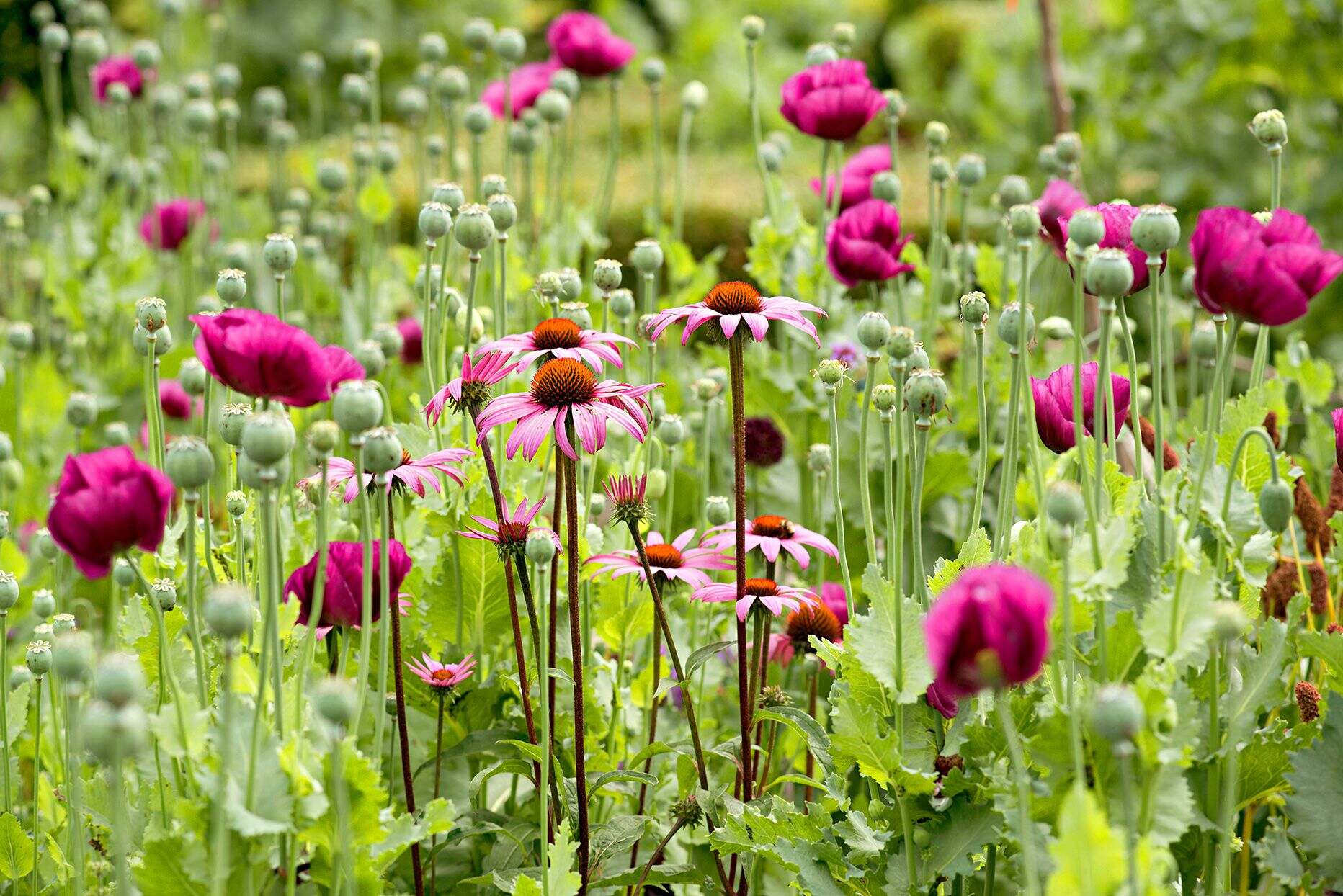
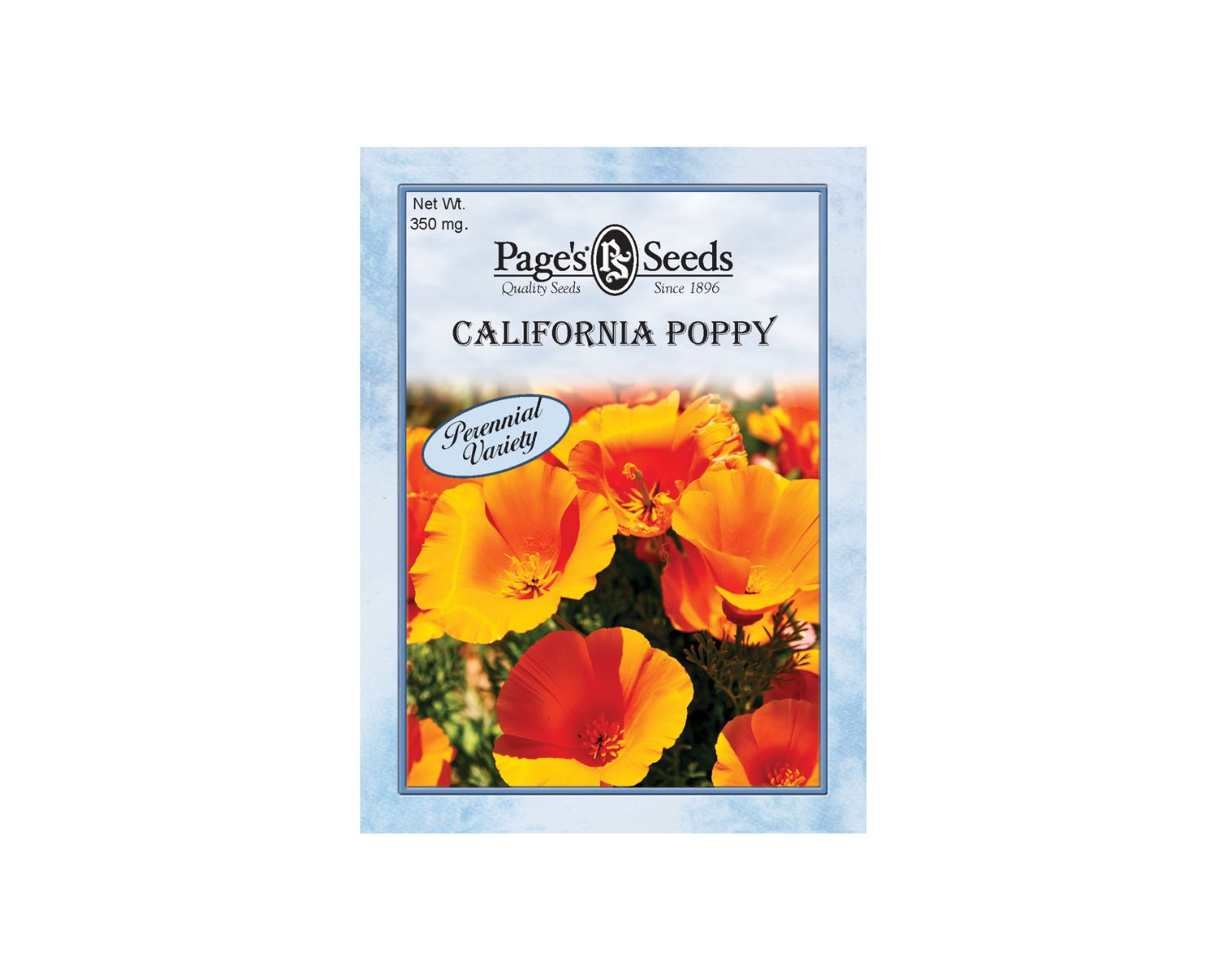
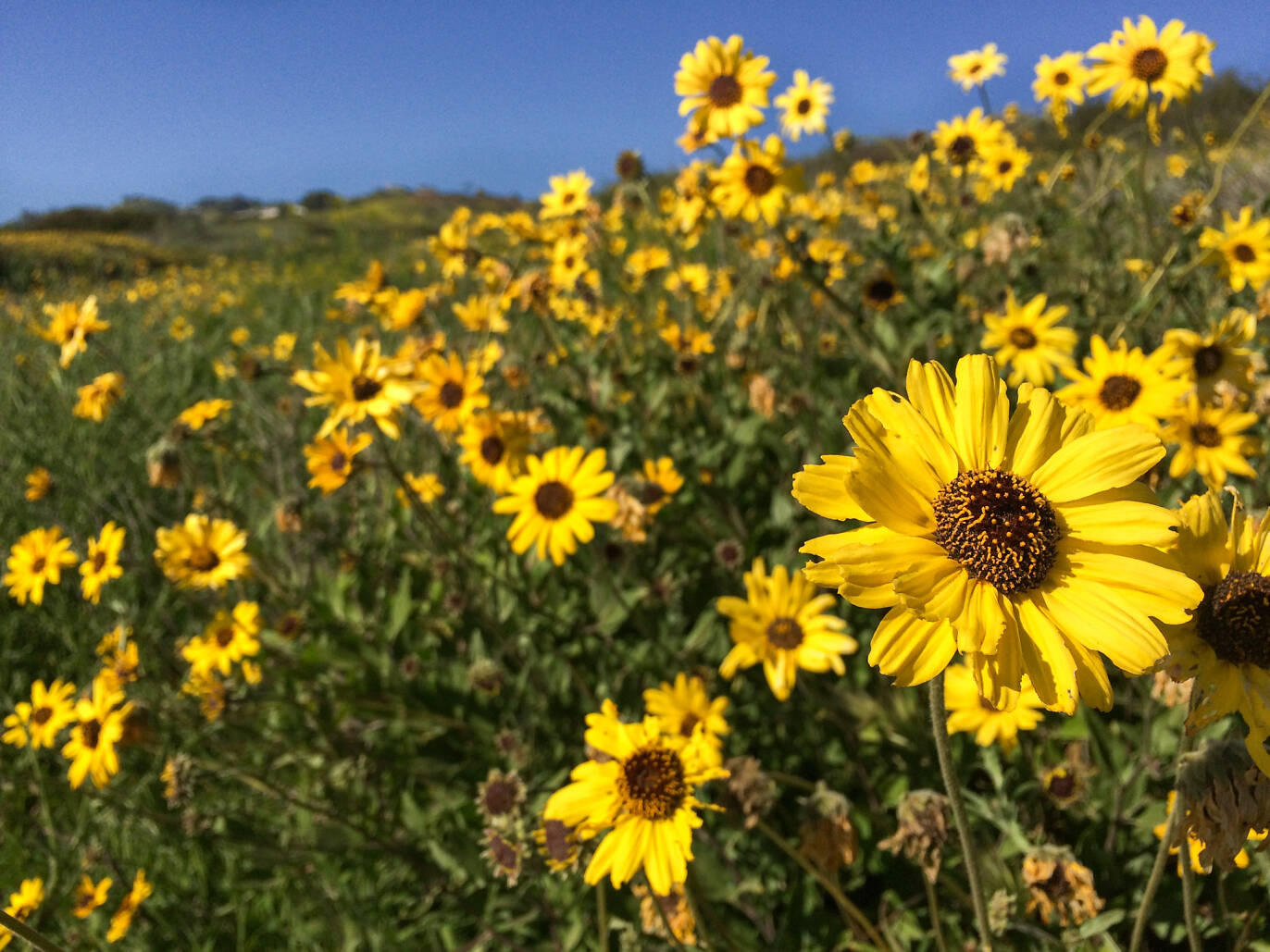
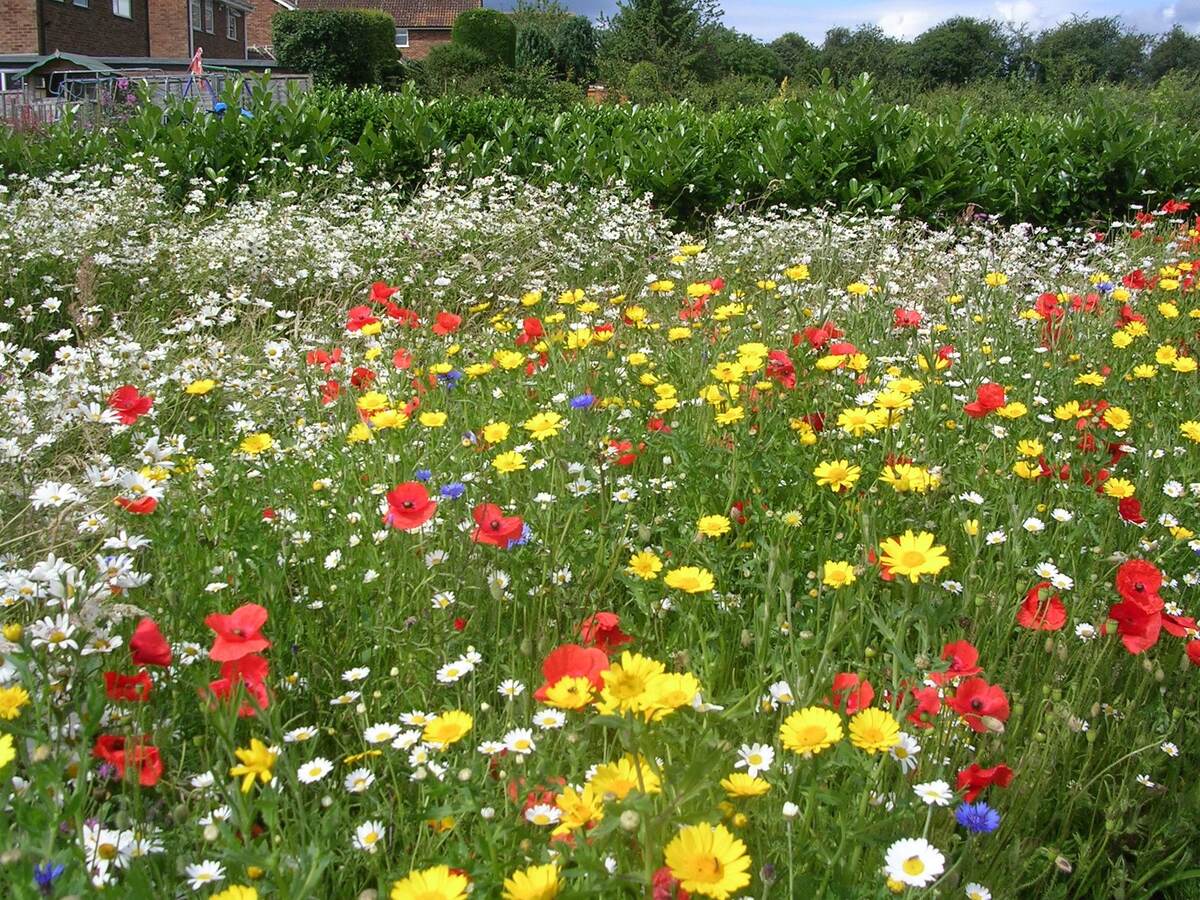
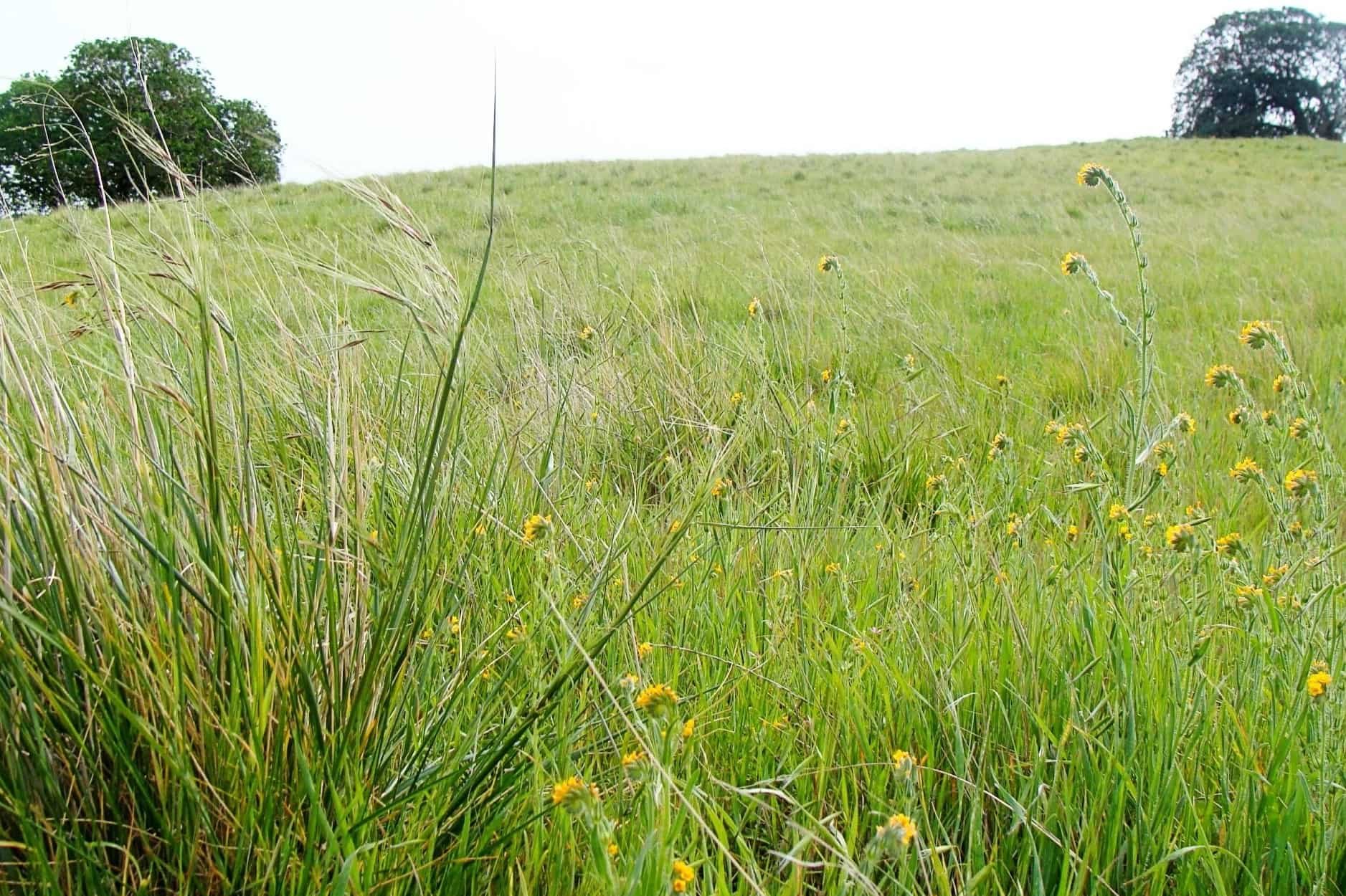
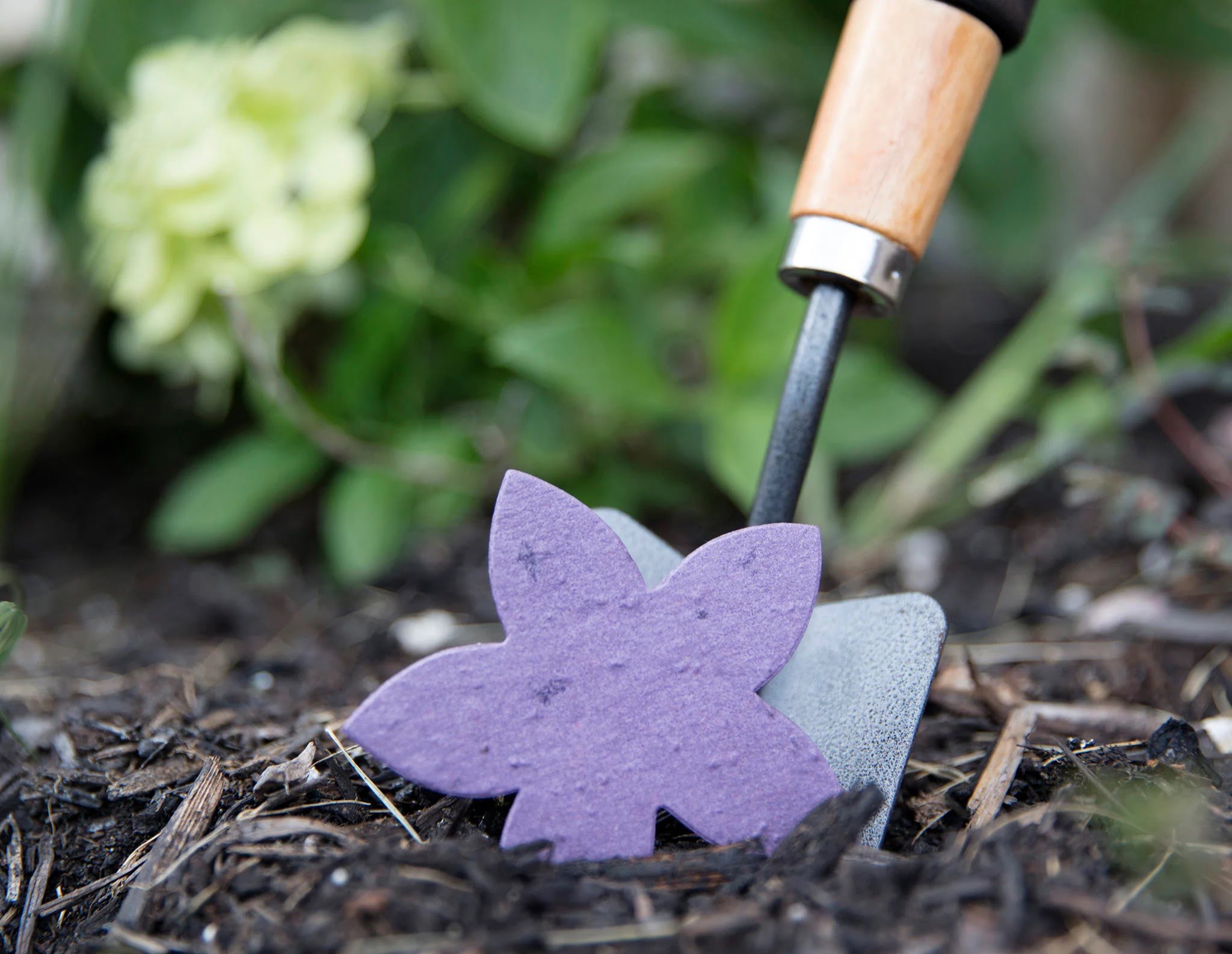
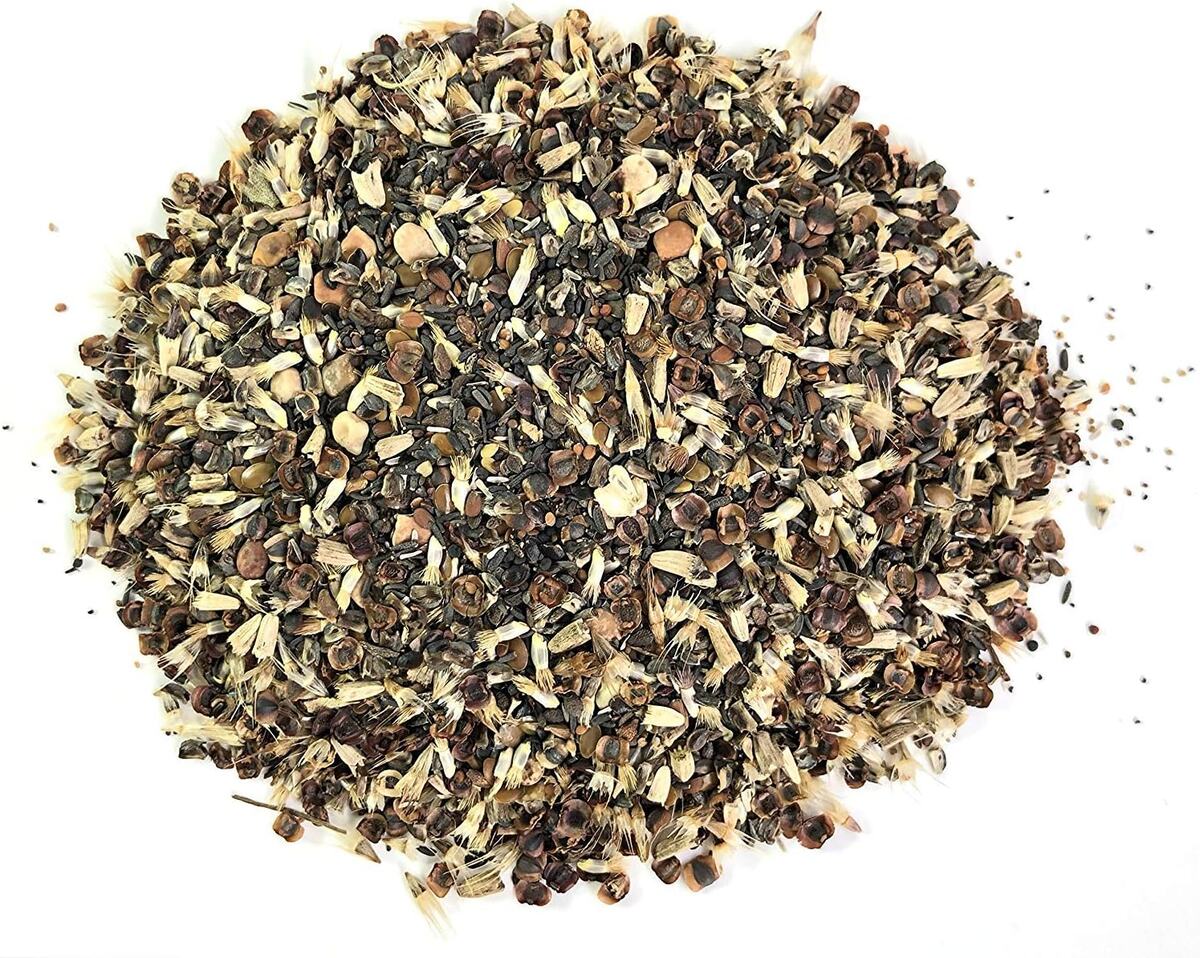
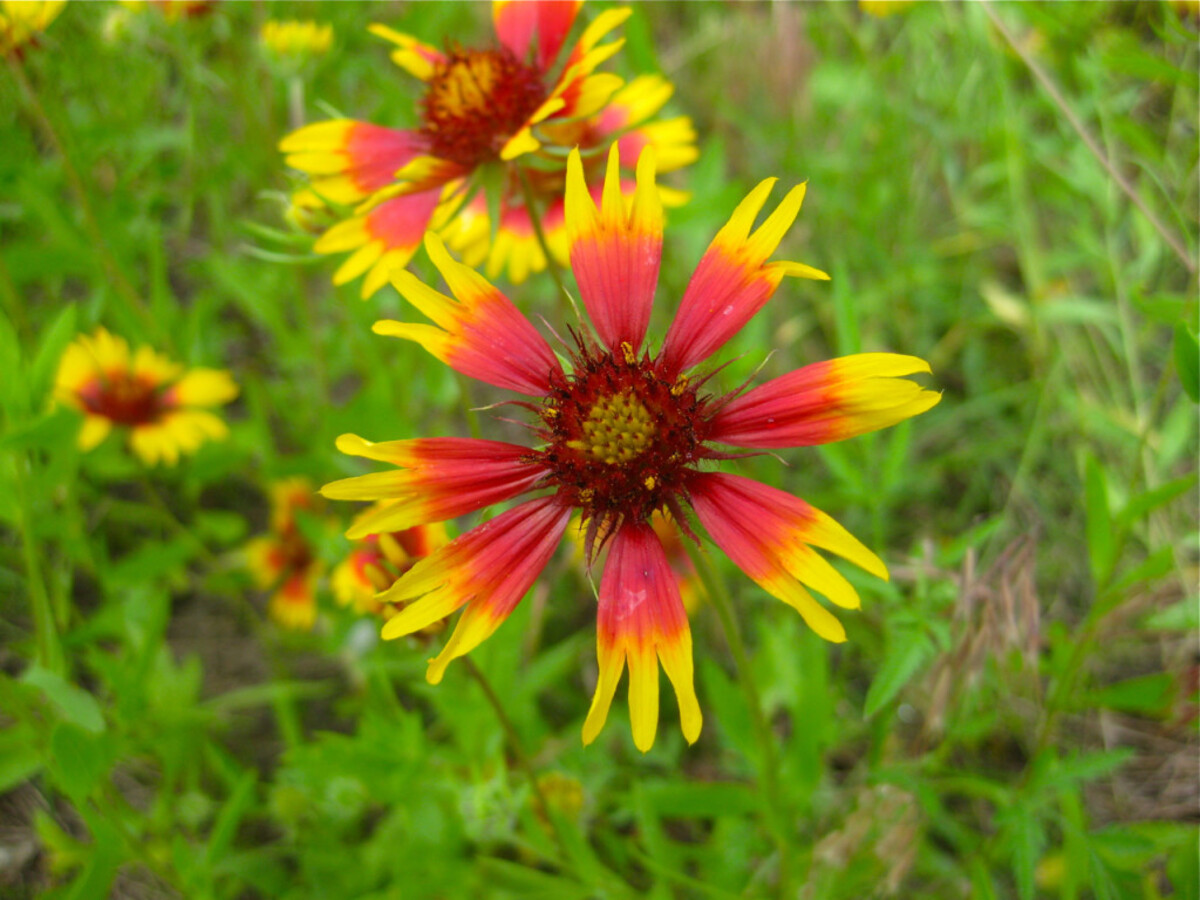
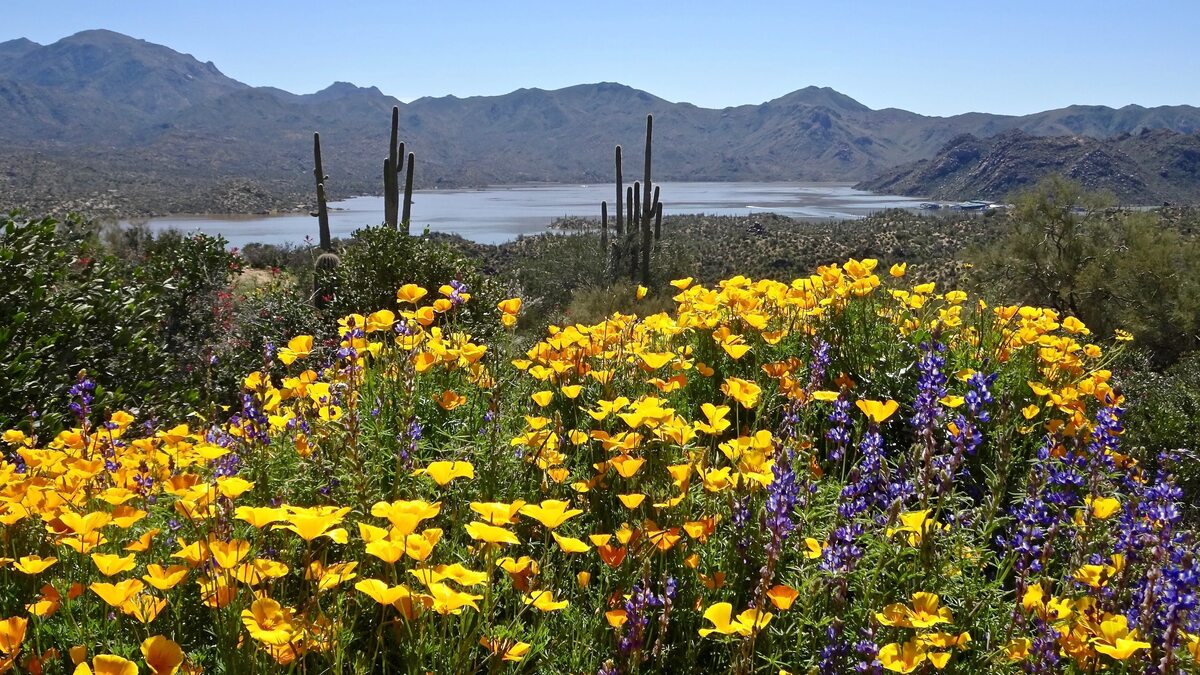
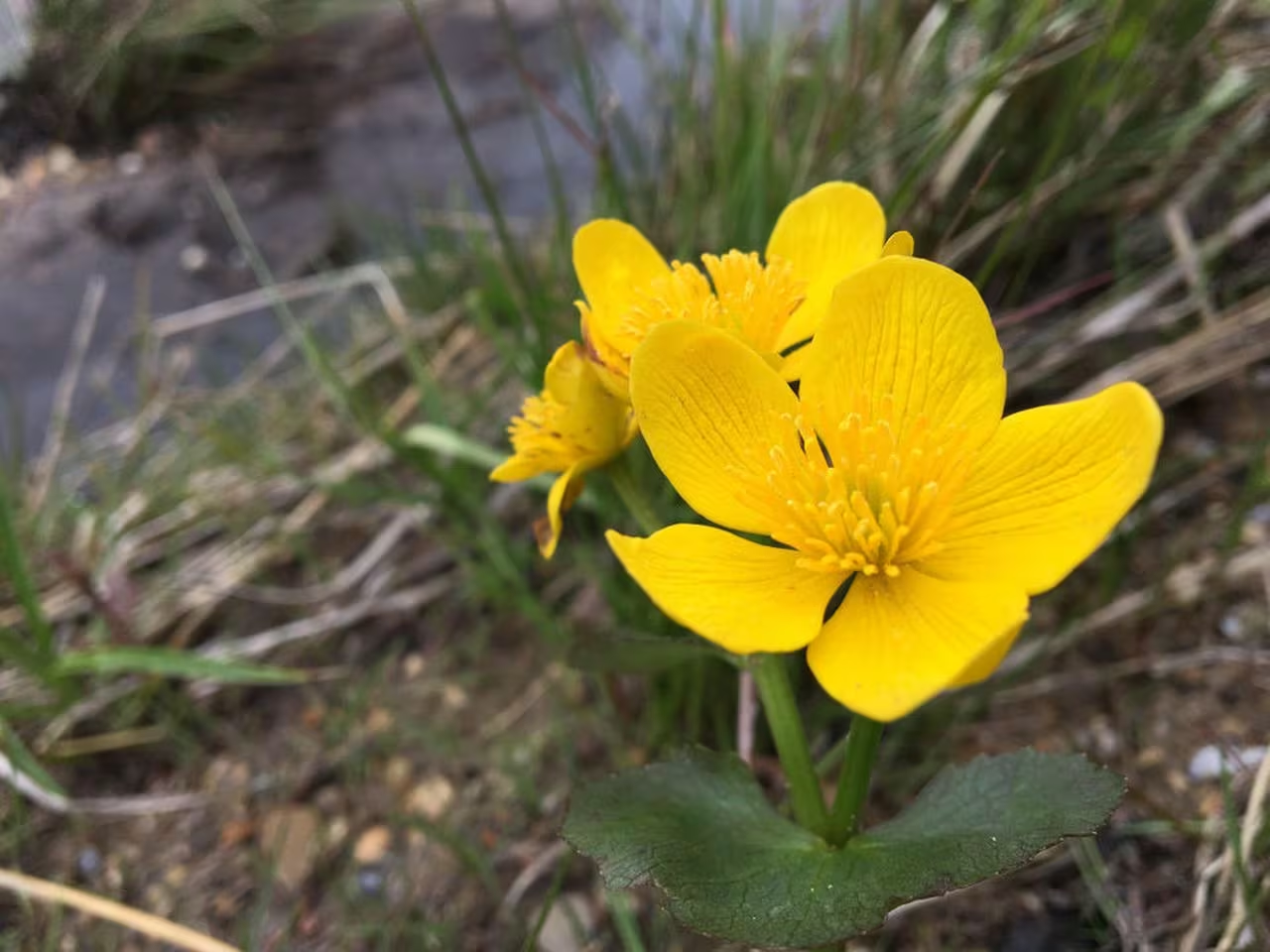
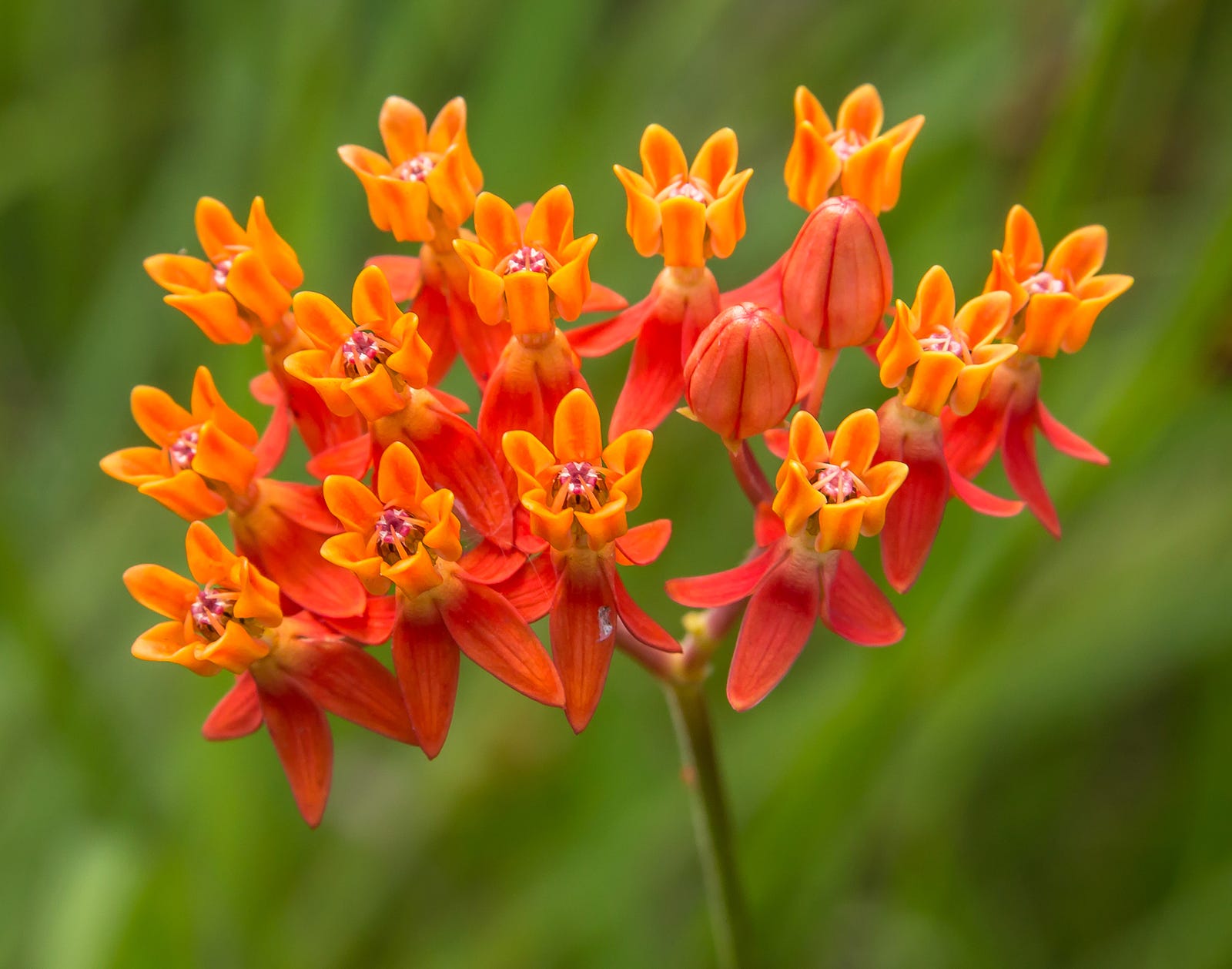
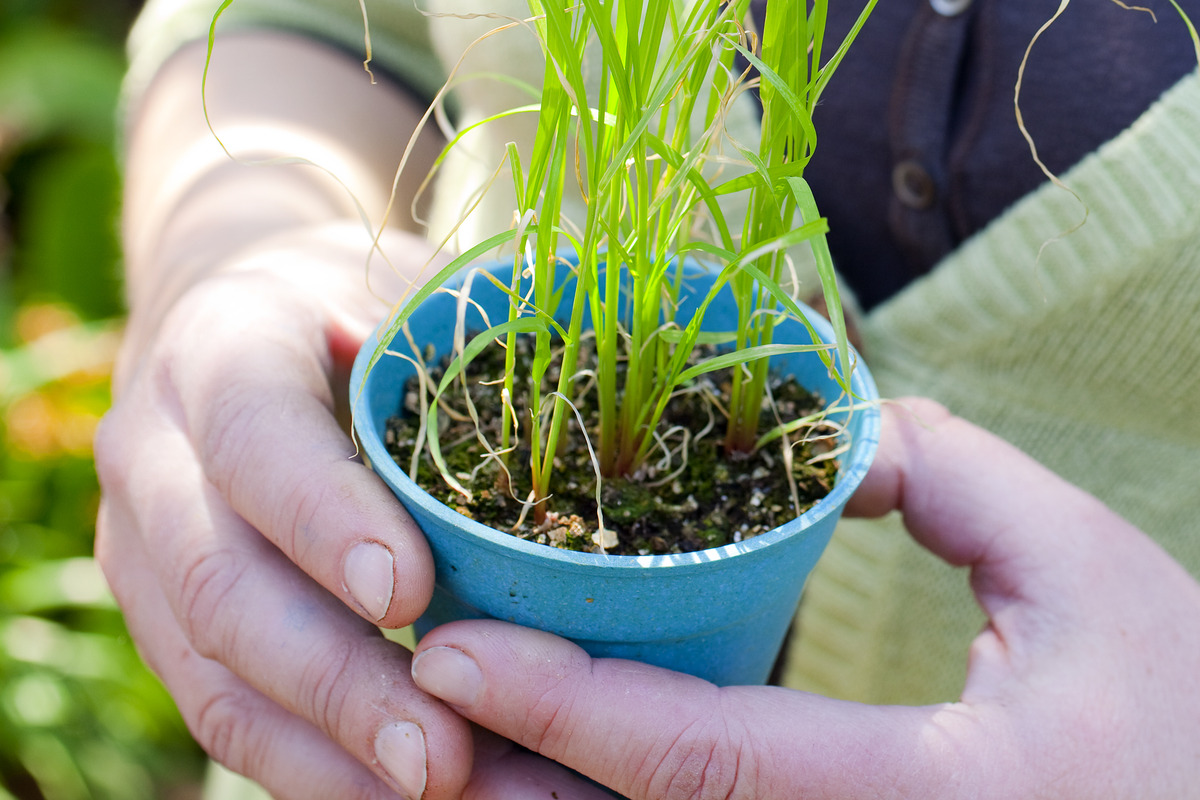
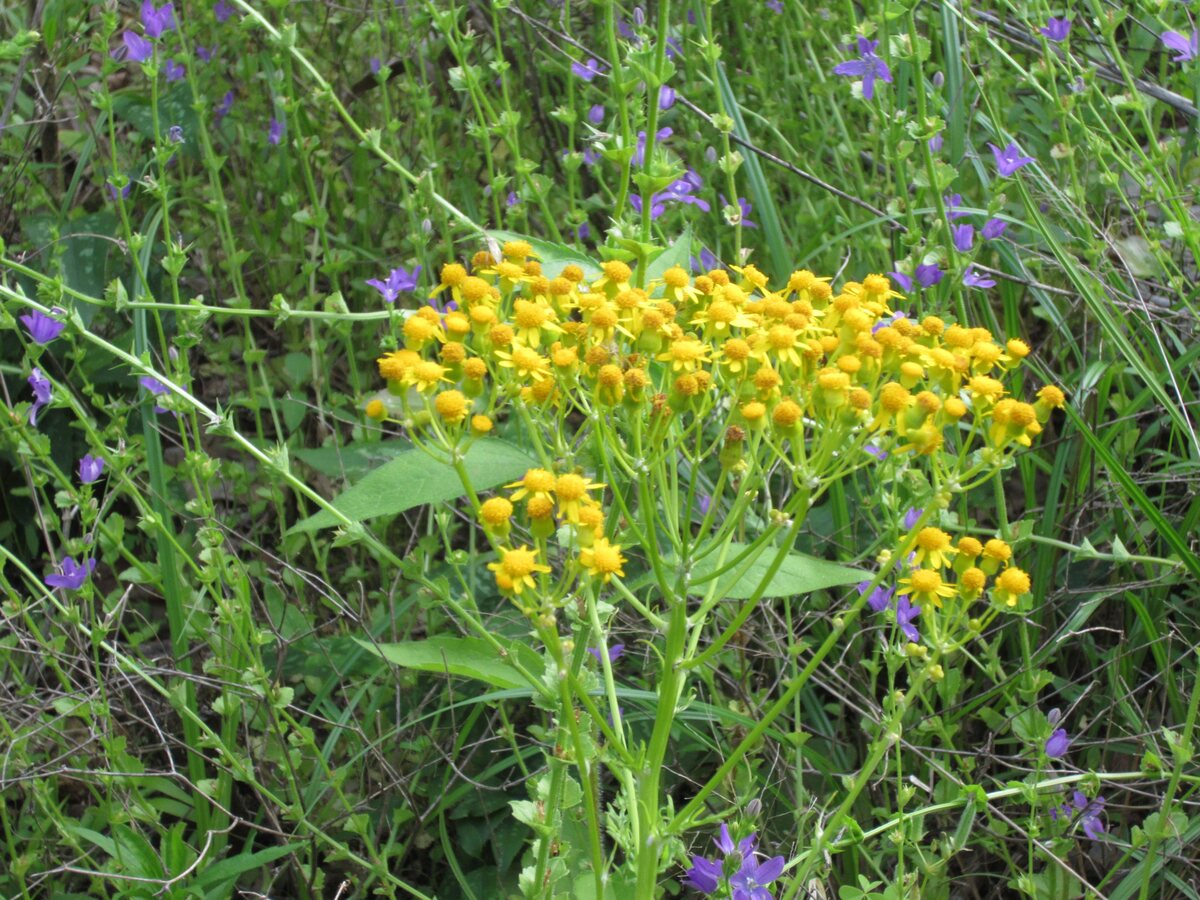

0 thoughts on “When To Plant Wildflower Seeds In California”